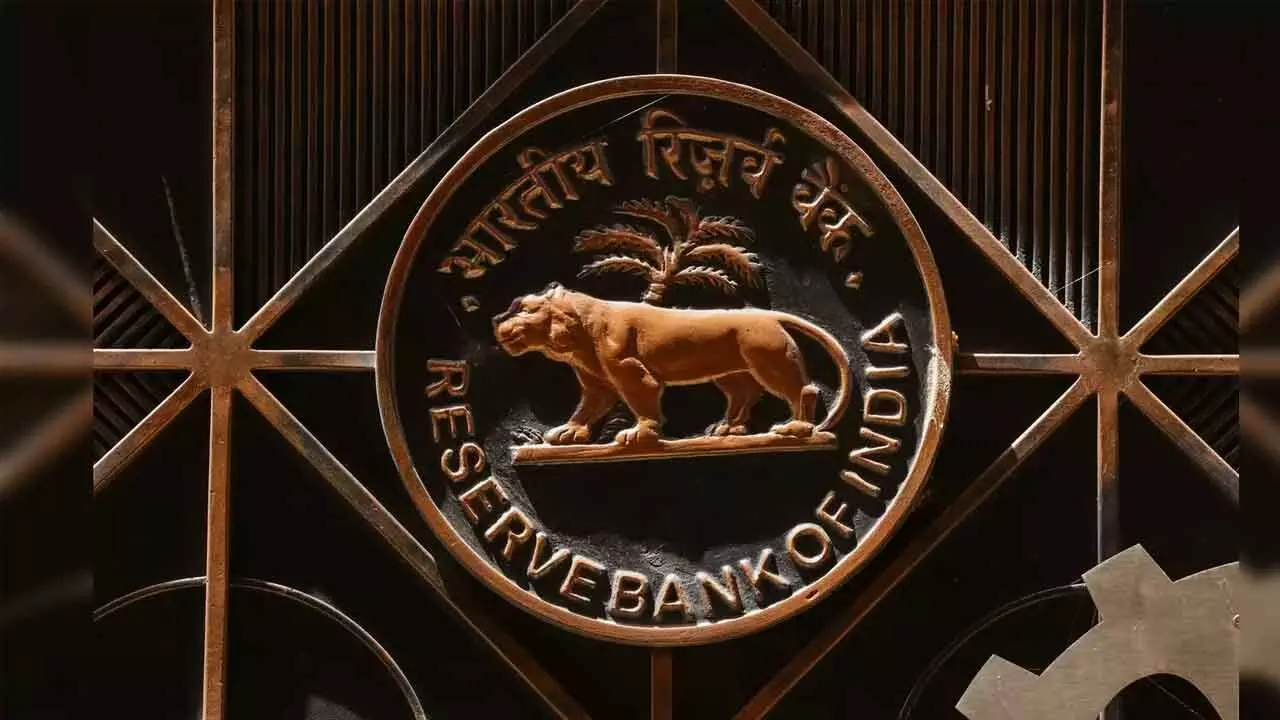RBI May Maintain Policy Flexibility In Coming Mths
RBI May Maintain Policy Flexibility In Coming Mths

One can expect a shallow rate cut cycle of 25-50 bps more in the current calendar year. There is a strong logic behind the projection at a time when headline inflation for January moderated to a five-month low of 4.31 per cent, primarily due to easing food prices, especially for vegetables, pulses, and eggs.
Core inflation ticked up, however, to 3.8 per cent, mainly owing to higher gold prices. February CPI is tracking 4.2-4.3 per cent so far with continued lower food prices. Core inflation is expected to remain below 4 per cent for the coming months.
While the RBI's rate cut cycle commenced in February after five years amid less challenging policy trade-offs, Emkay expects only a shallow rate cut cycle of 25-50 bps more, as policymakers will likely prefer maintaining flexibility on account of volatile global dynamics. Further liquidity measures and regulatory easing are expected to aid the current scenario.
Within food, vegetable prices again saw a sharp fall on improved supply, driving most of the decline in food and headline inflation.
In contrast, core inflation rose to 3.8 per cent from the earlier existing mark of 3.7 per cent. The increase was led by personal care and effects, mainly due to higher gold prices.
Experts are currently tracking February headline inflation to soften further to 4.2-4.3 per cent.
Continuous softening of CPI inflation will boost consumer demand and stimulate production activity in the country.
Going ahead, assuming a normal monsoon and good kharif production, industry body PHDCCI expects the CPI inflation to remain well within the RBI's target band.
When India's inflation print was released recently, analysts expected monetary easing to be on the cards sooner than expected and India's repo rate to settle between 5.5-5.75 per cent by the end of 2025.
A weaker rupee raises import costs, introducing fresh inflationary risks for the Indian economy. While IT and export-driven sectors could benefit from a weaker rupee, the rest of the equity market is likely to remain volatile. Unless inflation softens for a sustained period, the Indian market likely move in tandem with global risk sentiment, limiting near-term upside potential.
Adding fuel to the fire is Trump's tariff rhetoric, which could worsen US inflation woes and delay Fed rate cuts even further. With global risk sentiment in flux, both US and Indian markets can face renewed volatility in the near term.
The RBI commenced its rate-easing cycle with a 25 bps cut earlier this month as expected, as policy trade-offs turned less challenging – with tepid underlying growth, easing inflation concerns, and a perceptible change in the RBI's INR management approach. However, the stance was understandably maintained at 'neutral' as policymakers prefer maintaining flexibility on rates and liquidity management, and not to be tied uni-directionally.
Experts do see a shallow rate-cut cycle, of 25-50 bps of further easing while keeping an eye on further liquidity easing measures.

